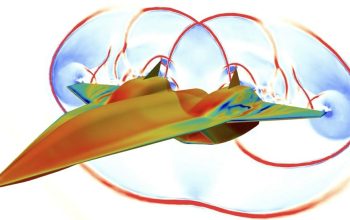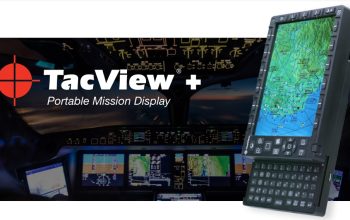The U.S. Navy is set to field the Small Diameter Bomb Increment II (SDB-II) on the Boeing F/A-18E/F Super Hornet after declaring Early Operational Capability (EOC) in October. The F/A-18E/F is the U.S. Navy’s first platform to carry the SDB-II, giving the aircraft the capability to hit moving targets in harsh weather and address targets in dynamic scenarios. The team will complete two additional operational test events before achieving Initial Operational Capability (IOC) in 2024. The U.S. Navy component of the SDB-II program is executed by the Precision Strike Weapons Program Office, which provides Naval Aviation with dominant lethal, integrated precision strike solutions for any conflict anytime, anywhere.
“The Navy and Air Force team, along with the test community and fleet stakeholders, worked relentlessly to expedite the fielding of this weapon,” said Tyler Alt, Navy SDB-II program manager. “This weapon will give our warfighters a much-needed capability and provide the basis for future network enabled weapons.”
 The GBU-53/B StormBreaker, previously known as the Small Diameter Bomb II, is an American air-launched, precision-guided glide bomb. (Photo by Raytheon)
The GBU-53/B StormBreaker, previously known as the Small Diameter Bomb II, is an American air-launched, precision-guided glide bomb. (Photo by Raytheon)
SDB-II, or Ground Bomb Unit-53B (GBU-53B) “StormBreaker,” is an air-launched, precision-strike standoff weapon that enables the warfighter to defeat moving and fixed targets. Using a GPS/INS system to guide to the vicinity of a moving target, the weapon has the capability to receive updated target coordinates mid-flight via two-way datalink (Link-16 or UHF) communications. It can operate in adverse weather conditions through its tri-mode seeker that employs infrared and millimeter wave radar to see through fog, smoke and rain. The weapon has the capability to receive updated target coordinates mid-flight via two-way datalink communications. Using these network options, SDB-II allows airborne or ground controllers the ability to send in-flight target updates.
SDB-II is a Joint-Interest, Air Force-led program and is fielded on the Air Force’s F-15E aircraft. SDB-II will also be compatible and fielded on F-16C/D and F-35 aircraft. A total of 28 GBU-53/B can be carried by the F-15E Strike Eagle using seven BRU-61/A suspension units, each carrying four bombs. Eight bombs along with two AIM-120 AMRAAM missiles can be carried in the weapons bay of the F-22 Raptor or the F-35 Lightning II (even the STOVL F-35B). The SDB II bomb rack originally did not fit inside the smaller F-35B weapons bay. A modification will be provided to coincide with the software package. An F-35 can carry 24 total bombs, 8 internally and 16 externally. An important feature of the new weapon is maximizing the number of bombs carried by the strike aircraft.















